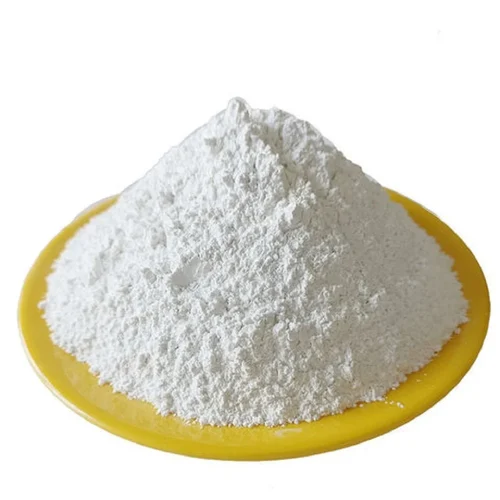Hebei Messi Biology Co., Ltd. stated that magnesium carbonate is a functional filler. According to the principle of thermal decomposition, it will release hydrated water and carbon dioxide during thermal decomposition. Through industrial applications, magnesium carbonate fillers have been proven to be effective and cost-effective. Thermal decomposition of magnesium carbonate will release 60% (weight) hydrated water and CO2. This can be seen from the two TGA double peaks at 445°F and 750°F.

Carbon dioxide accounts for about 25 (weight). The optional range of carbonate particle size, purity and density is very wide. The particle size of magnesium carbonate affects the release of smoke. There are 50% of ultra-fine magnesium carbonate with a particle size of less than 1 micron. In flame combustion and smoke combustion, the Dm value is lower than the standard value. The standard uses a medium particle size of 2 to 3 microns. A blend of 25 parts of superfine grade magnesium carbonate in 100 parts of rigid PVC had Dm values of 300 and 168 for flame and smoke respectively, while the Dm values for standard grade were 450 and 180 respectively. Finer particle size improves the dispersion of fillers in polymers, and various grades of magnesium carbonate treated with stearic acid can be used to further improve blending.
Substituting basic magnesium carbonate for chalk gives low smoke and flame retardant properties to chlorosulfonated monomer compounds. Substituting basic magnesium carbonate for white jade results in a significant reduction in smoke density in both flame and smoke conditions. Furthermore, the use of basic magnesium carbonate can double the time to reach maximum smoke density.
